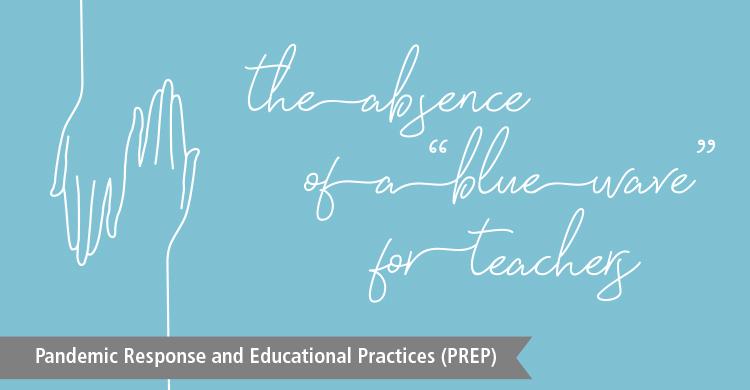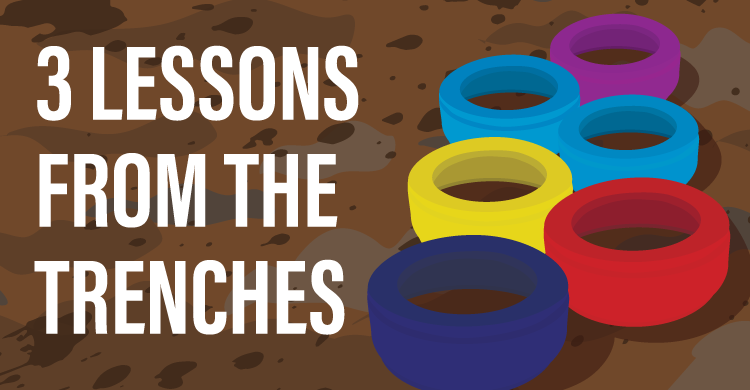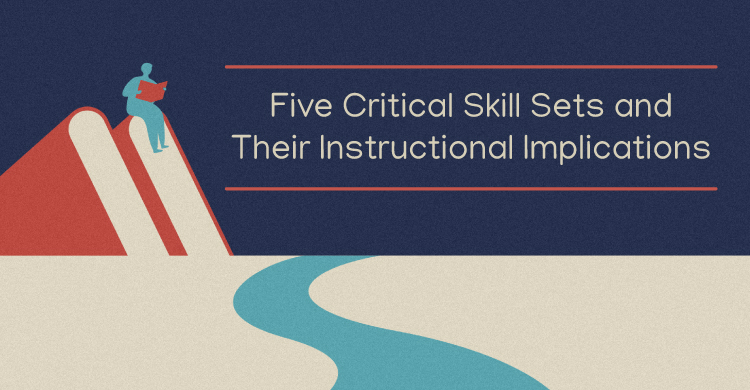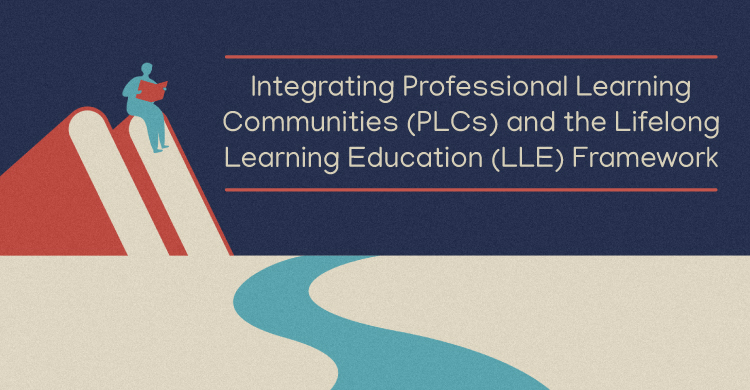This entry is the 14th in a blog series called Pandemic Response and Educational Practices (PREP), which aims to highlight and further the important work educators are doing amid the worldwide COVID-19 crisis.
A Blue Wave for Nurses
These days, I see signs designating medical professionals as heroes. Food and masks were delivered along with cards of gratitude. They deserve this and even more, but I am not seeing that same outpouring of empathy for teachers who we are now requiring to put their lives on the front line as well.
No Blue Wave; Only a Semicolon for Educators
What I am seeing and feeling for teachers as newly designated “essential workers” is not only a lack of any color wave of empathy, but what in a syntactic structure would be called a “semicolon response.”
I hear many professional talking heads, including reporters and even educators, saying things like, “Children need to be in school … they do not get the virus in the same way adults do. They are asymptomatic, and we must ensure their safety; don’t forget about the teachers’ safety.”
Other frontline workers, like bus drivers, custodians, cafeteria workers, and office staff, are not even afforded a semicolon response.
Another group of essential and vulnerable frontline educators, believe it or not, is principals. I was one for 20 years, and I know that the only predictable aspect of that job is unpredictability. You could be sitting in your office, engaging in a very professional conversation and equally impeccably dressed, only to find yourself chasing and restraining a child who has an impulsive disorder while wearing high heels. The same happens to teachers.
The Real Deal
When the Centers for Disease Control guidelines say you must monitor the safe distance of the 12 students inside your classroom, and at the same time you should not leave those students unattended, it is very obvious that CDC experts have not set foot inside a classroom.
For example, what should a teacher do when their kindergartner chases after his or her mother the first day of school, or sometimes the entire first week? Try telling kindergartners or teens that they are required to remain in their seats and “safely distance,” remain in a designated seat during a bus ride while the driver—even with another adult monitor—tries keeping his or her eyes on the road. What is going to happen when one of them tells the two adults on the bus that they don’t have to follow these rules?
When students are required to eat in their classrooms, who eats with them? More importantly, who sanitizes all of those individual eating stations? Will it be the one designated custodian for the school or the teacher? Even more importantly, who delivers all of these meals to the classroom?
Vulnerable Students, Vulnerable Educators
Another group of highly vulnerable teachers is middle and high school teachers. They, like those in the medical profession, have vulnerable family members at home. Some are reluctant to even visit at-risk parents.
We know that students in this age group can carry the virus and yet also be asymptomatic. These groups are at an age when socialization and interaction in sports are critical to their social well-being. Yet I feel that we, in my mind, unrealistically expect teachers and staff to keep them six feet apart from each other. Many of our high schools have attendance levels of 2,000 or more. It is an almost impossible feat.
Kindergartners, mentioned earlier, love to hug each other, including their teachers. They will, because of developmental immaturity, “forget” that you told them not to hug. High-school and middle-school students, on the other hand, will find a way to hug their friends after a spring and summer apart. High schoolers are at the age where they feel they must rebel, and not following the rules of wearing a mask is one way of doing that.
Also at issue are kids at all levels whose parents do not believe they have to obey mask and social distancing rules. This presents an enormous problem for teachers. Hospital staffs don’t have that problem because they are the sole enforcers of this rule.
Special-Needs Students
Special-needs teachers are in a class of their own. They are required to provide individualized instruction with students who were not in public school, at least during my early experience. Some require services that are antithetical to the CDC guidelines. Some require proximity because of the nature of educating these students. While at Muriel Humphrey School, I had one student with whom I had to gently hold each hand in order to teach him. Otherwise, he would run and grab items in my office.
Other special-education students require a teacher or therapist to see and sometimes be close to the oral cavity; thus, the mask requirement contradicts what is called for in the individualized education program, or IEP.
Some students require tactile stimulation, while others need specialized diapering. Some even need restraints and an individual to physically restrain them from hurting themselves or others. Where is the public support to provide PPE equipment for these face-to-face frontline workers?
Nurses have specialized equipment, a sterile environment, and others trained to support them. On a different note, I cannot imagine what goes through a child’s head when he sees his teacher in hospital gear.
Nurses Versus Teachers
There are five key differences between the brave nurses and doctors who put their lives on the line every day and teachers who are being required to do the same.
- Hospital settings and their corresponding staff are supported with special designs to handle infectious diseases; school designs and teachers are not.
- Patients are also covered with special PPE items to reduce the possibility of passing on the virus to nurses. Students may or may not wear masks to school or while on a bus.
- Obtaining PPE equipment was challenging but made available for nurses and doctors. Schools must find funds to provide this for teachers, and those funds are limited.
- Doctors and nurses choose their profession, knowing they will have to deal with life-and-death situations. Teachers have never been placed in this position and are therefore afraid. I frequently hear the words, “I’m scared!”
- Finally, and most importantly, nurses, in most cases, know they are dealing with an individual who has the virus and thus can take precautions. Teachers do not know if an individual student, colleague, parent, or visitor has the virus. Patients in hospitals are contained in one closed-off area, while schools are subject to individual movement the entire day.
Our Choices: Instructional Delivery
A recent article by the American Medical Association titled “There Are No Good Choices” says it all. There are no good choices.
As an educator and researcher, I find that our “new normal” instructional delivery system does not coincide with best practices for those in regular education or special-needs students. Instead, we must revert to the old industrial model of students lined up in rows, and even worse, forbidden to move without approval. We know that recent meta-analysis indicates that collaboration is critical for high levels of learning. Teachers are now being required to move to a more lecture-based model, as we also must provide a safe learning environment for our students. Nothing replaces project-based activities and students being able to interact with each other. Students learn from interaction with each other.
Concerned Parents
To parents who want their students in school, I hear you also.
First and foremost, you want your children to learn. Some of you also need childcare consideration in this new virtual environment. If you want schools to support in-classroom learning, you may need to support and advocate for the safety of our teachers, your child, and schools from your local, state, and federal leaders.
A very small group of you are not only hoping, but demanding, that teachers sacrifice their personal safety, and the safety of their families, to educate your child. That sense of urgency is understandable. We cannot ask you to sit by and watch while your child is not in school. As a school board member, I will err on the side of safety for the principals, teachers, custodians, aides, cafeteria workers, nurses, bus drivers, and more. However, I will also err on the side of safety for your children not being exposed to COVID-19.
[author_bio id=”315″]






